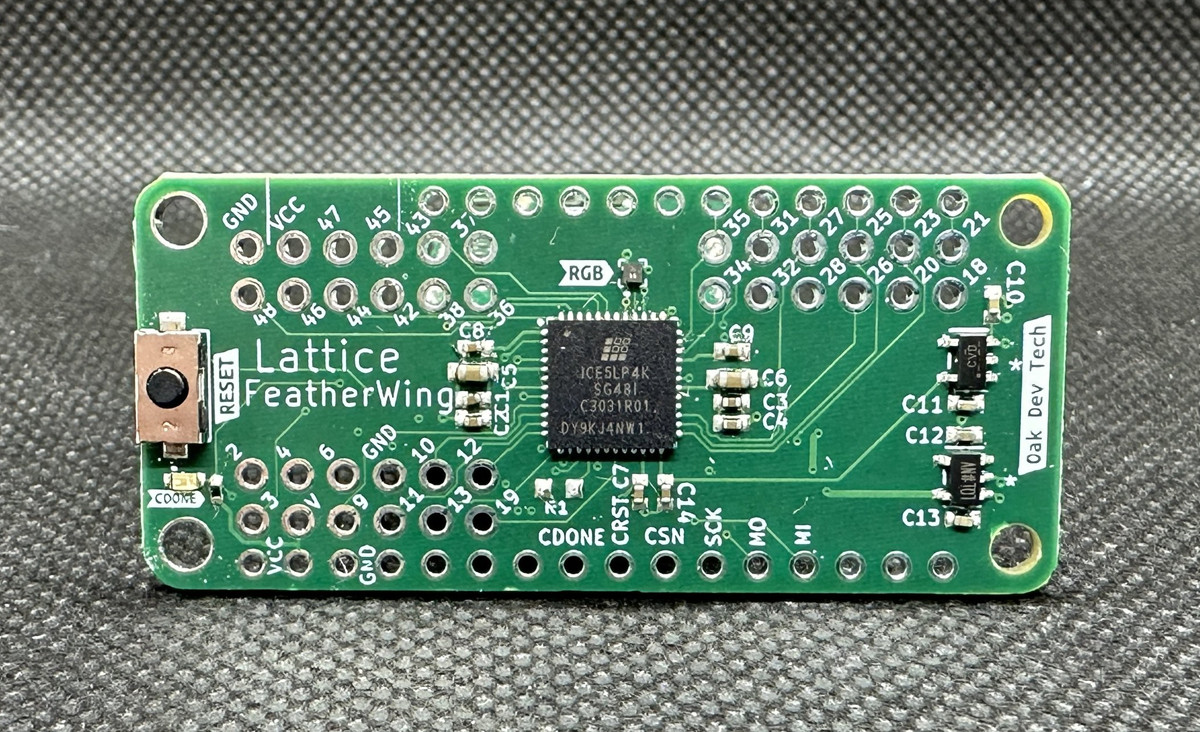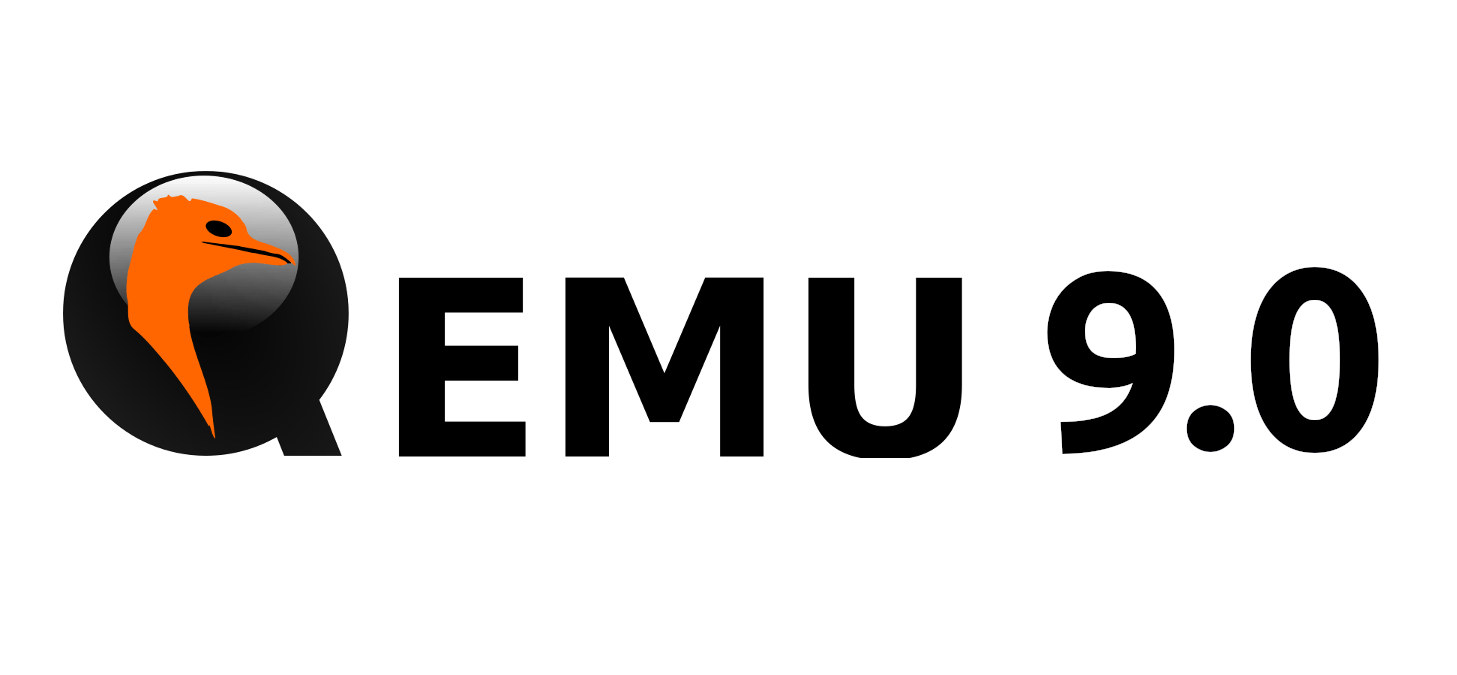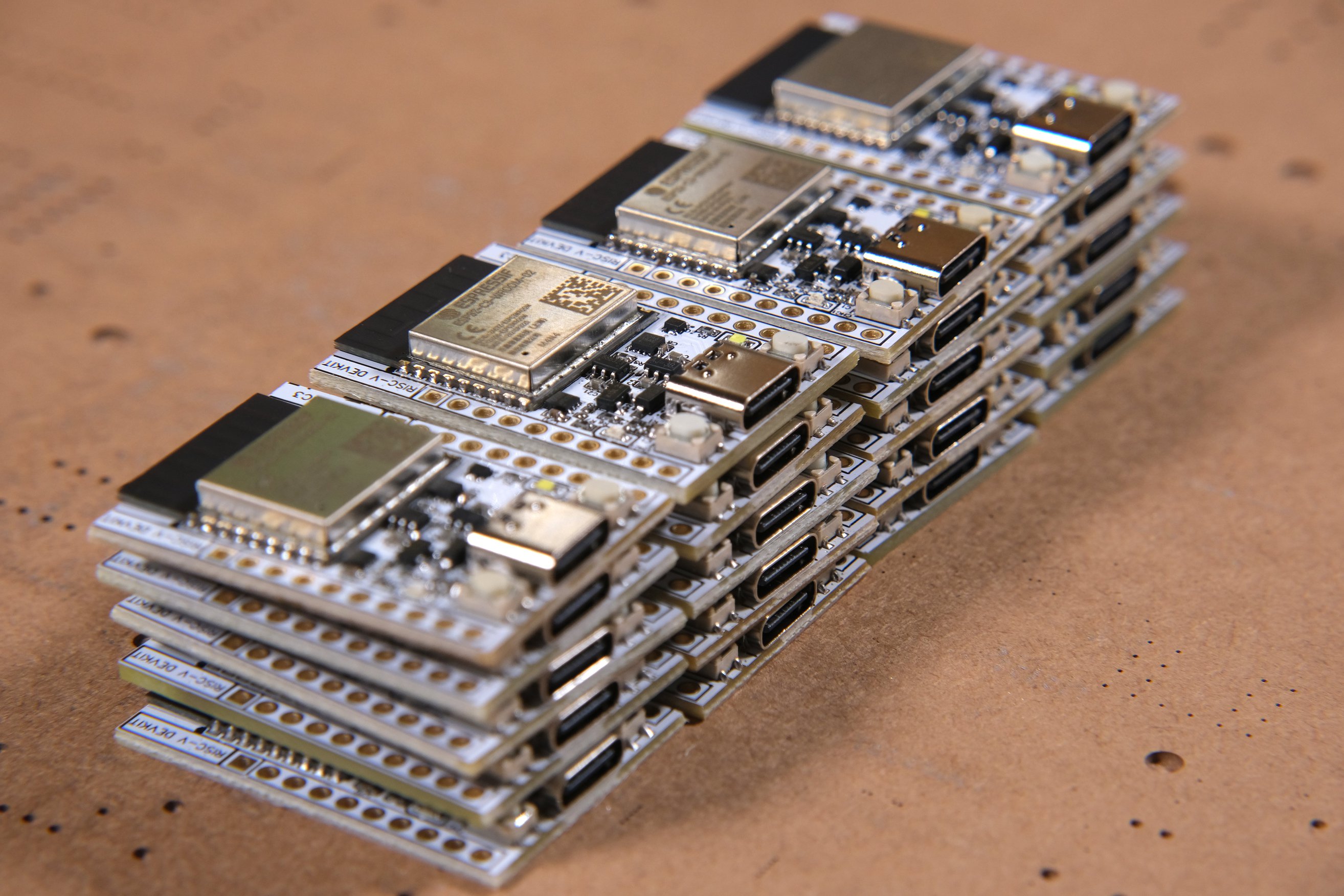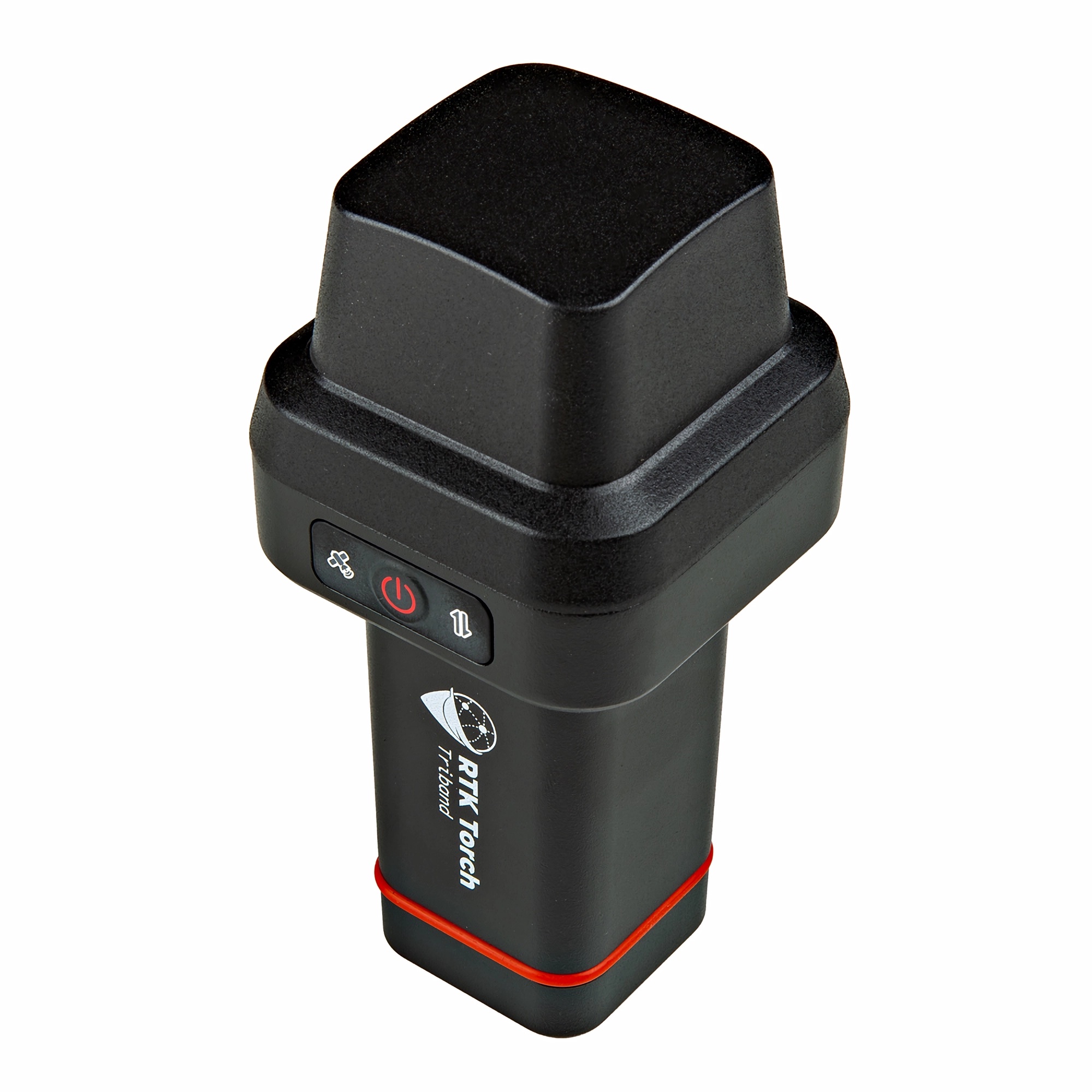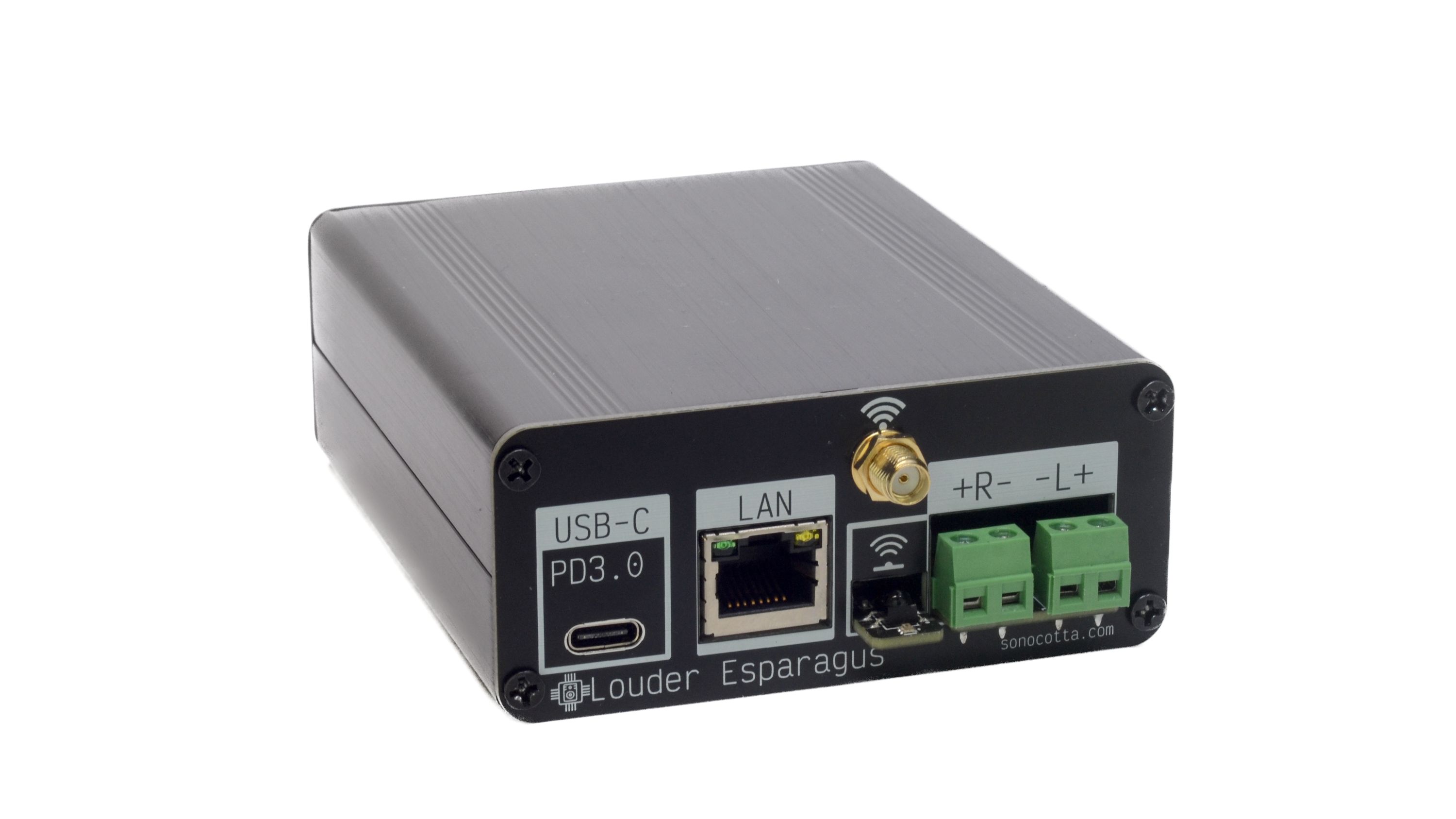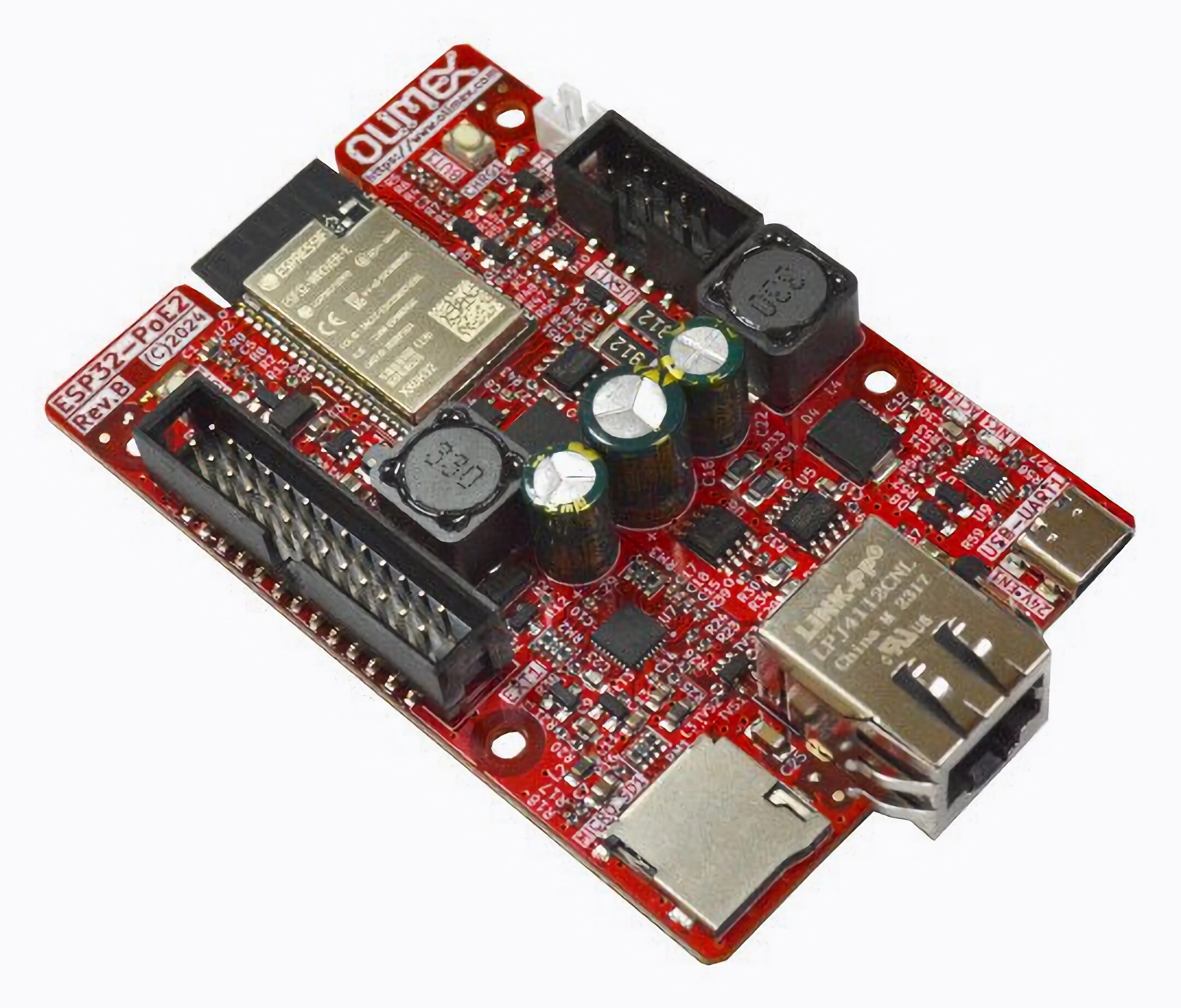Oak Development Technologies has recently announced Lattice FeatherWing – An iCE40-based development board designed to be controlled by Adafruit Feather. Previously we wrote about the IcyBlue Feather V2, a standalone development built around a Lattice Semi iCE5LP4K FPGA. But this FeatherWing board is designed to add functionality to your existing Adafruit Feather board. The Lattice FeatherWing expands your Adafruit Feather with a Lattice iCE5LP4K FPGA. It connects and gets programmed over SPI so you can use all the FPGA’s GPIO pins through the header blocks. There’s also a built-in RGB LED directly connected to the FPGA’s open-drain pins, for visual feedback. Previously, we have written about many Lattice Semi FPGA-based development boards, such as the tinyVision.ai Pico-Ice board, Silicon Witchery S1, and ULX3S Education Board. Feel free to check those out if you want a standalone FPGA board. FPGA – Lattice Semi iCE40 Family ICE5LP4K-SG48ITR Logic Cells – Approximately 3520 logic cells Memory – 80 Kbits […]
QEMU 9.0 released with Raspberry Pi 4 support and LoongArch KVM acceleration
QEMU 9.0 open-source emulator just came out the other day, and it brings on board major updates and improvements to Arm, RISC-V, HPPA, LoongArch, and s390x emulation. But the most notable updates are in Arm and LoongArch emulation. The QEMU 9.0 emulator now supports the Raspberry Pi 4 Model B, meaning you can run the 64-bit Raspberry Pi OS for testing applications without owning the hardware. However, QEMU 9.0 has some limitations since Ethernet and PCIe are not supported for the Raspberry Pi board. According to the developers, these features will come on board in a future release. For now, the emulator supports SPI and I2C (BSC) controllers. Still on ARM, QEMU 9.0 provides board support for the mp3-an536 (MPS3 dev board + AN536 firmware) and B-L475E-IOT01A IoT node, plus architectural feature support for Nested Virtualization, Enhanced Counter Virtualization, and Enhanced Nested Virtualization. If you develop applications for the LoongArch […]
BitNetMCU project enables Machine Learning on CH32V003 RISC-V MCU
Neural networks and other machine learning processes are often associated with powerful processors and GPUs. However, as we’ve seen on the page, AI is also moving to the very edge, and the BitNetMCU open-source project further showcases that it is possible to run low-bit quantized neural networks on low-end RISC-V microcontrollers such as the inexpensive CH32V003. As a reminder, the CH32V003 is based on the QingKe 32-bit RISC-V2A processor, which supports two levels of interrupt nesting. It is a compact, low-power, general-purpose 48MHz microcontroller that has 2KB SRAM with 16KB flash. The chip comes in a TSSOP20, QFN20, SOP16, or SOP8 package. To run machine learning on the CH32V003 microcontroller, the BitNetMCU project does Quantization Aware Training (QAT) and fine-tunes the inference code and model structure, which makes it possible to surpass 99% test accuracy on a 16×16 MNIST dataset without using any multiplication instructions. This performance is impressive, considering […]
NanoCell V2.1 battery-powered ESP32-C3 IoT board runs ESPHome for Home Assistant integration
The NanoCell V2.1 is a development board built around the Espressif ESP32-C3 SoC (system-on-a-chip) preloaded with ESPHome firmware for low-power applications and improved Lithium battery management. The development board is a white printed circuit board with gold-plated contacts and a battery fuel-gauge IC, designed by Frapais’ lab in Greece. As the name suggests, the NanoCell V2.1 is the latest in a series of iterations of ESP32-C3-based devices targeted at low-power applications. Compared to earlier versions, it offers a better user experience and improved power efficiency. It features a buck-boost converter that reduces standby current consumption to 66uA (excluding the current consumed by the ESP32 module). The battery management system (BMS) integrated circuit supports accurate capacity measurement and protects connected Lithium batteries from overcharging and other harmful scenarios. Also, two LEDs on the board serve as power and charging indicators to relay the board’s status. It is based on the same […]
SparkFun RTK Torch is a compact and waterproof GNSS surveyor with RTK functionality
SparkFun’s RTK Torch is a real-time kinematic (RTK) surveying device that offers tri-band reception, tilt compensation, and millimeter accuracy in a portable, waterproof enclosure. It features an ESP32-WROOM module with 16MB flash and 2MB PSRAM, providing Wi-Fi and Bluetooth functionality. The onboard RTK-capable Unicore UM980 module receives various GNSS frequencies with high accuracy and supports all available constellations and frequencies. Also included is an STMicroelectronics STM32WLE5CCU6 MCU for obtaining corrections via LoRa radio. The RTK Torch builds on the earlier RTK Facet, adding improvements such as wider reception, higher precision, and a more portable form factor. Like the Facet, the RTK Torch comes in a bundle that includes a carrying case, a 3m USB C-to-C charging cable, a 65W PD wall adapter, and a 1/4in. to 5/8in. antenna thread adapter. It supports several operating modes including GNSS Positioning (~800mm accuracy) – also known as ‘Rover’ GNSS Positioning with RTK (8mm […]
Sonocotta’s ESParagus “Media Center” is a series of ESP32-based, open-source audio streamers (Crowdfunding)
ESParagus Media Center is a line of audio streamers from Sonocotta, all powered by an ESP32 microcontroller module. It includes the ESParagus HiFi MediaLink, Loud ESParagus, and the Louder ESParagus. The ESP32-based audio centers can be used to power old stereo speaker systems that lack streaming capabilities. They are completely open-source, consume little power when not in use, and boot up in seconds. The ESParagus Media Center products are based on the ESP32-WROVER microcontroller module with Wi-Fi and Bluetooth connectivity and an onboard PSRAM chip. They are fitted with an external Wi-Fi antenna and the top-end model – the Louder ESParagus – is fitted with a W5500 LAN chip for Ethernet networking. All three ESParagus Media Centers run squeezelite-esp32 firmware which supports Spotify Connect, Apple AirPlay, and Logitech Media Server. Integrations with Home Assistant are possible and can be useful for multi-room configurations. The Louder ESParagus is quite similar to […]
Olimex ESP32-POE2 board offers up to 25W for power-intensive applications
The Bulgarian hardware manufacturer, Olimex, has designed a new ESP32 board with Power over Ethernet (PoE) functionality. The Olimex ESP32-POE2 board builds on the original ESP32-POE and features the same ESP32-WROOM-32 microcontroller module with Wi-Fi and Bluetooth connectivity. However, it supports up to 25W power delivery from the Ethernet port via PoE and can be used in more demanding projects. The Olimex ESP32-POE2 board features a low-power design and consumes only 200µA in deep sleep mode. The board can be powered via USB-C, Ethernet, or Li-Po battery. The Ethernet interface is built on Texas Instruments’ TPS2378PW chip with IEEE 802.3at classification and legacy PoE support. Powering with PoE requires at least 37V DC for seamless operation. Two proprietary connectors (UEXT and EXT1) can be used to add sensors and other modules and expand the board’s operation for IoT projects. Users can select between 24V/0.75A or 12V/1.5A power output, with a […]
The Open Home Foundation will manage Home Assistant, ESPHome, Zigpy among over 240 open-source Smart Home projects
The Open Home Foundation is a non-profit organization that will manage over 240 Smart Home projects, standards, drivers, and libraries including Home Assistant, ESPHome, Zigpy, Piper, and Improv Wi-Fi with the goal of “fight[ing] for the fundamental principles of privacy, choice, and sustainability for smart homes”. The non-profit was introduced during the “State of the Open Home 2024” (see video embedded at the end of this article) with Nabu Casa – the for-profit company behind Home Assistant – transferring all their projects to the new entity, and the Open Home Foundation will also help with the development of critical external projects such as Z-Wave JS, WLED, Rhasspy, and Zigbee2MQTT. The foundation further explains the goal of teaming multiple projects together in a stronger structure: We’ve done this to create a bulwark against surveillance capitalism, the risk of buyout, and open-source projects becoming abandonware. To an extent, this protection extends even […]


